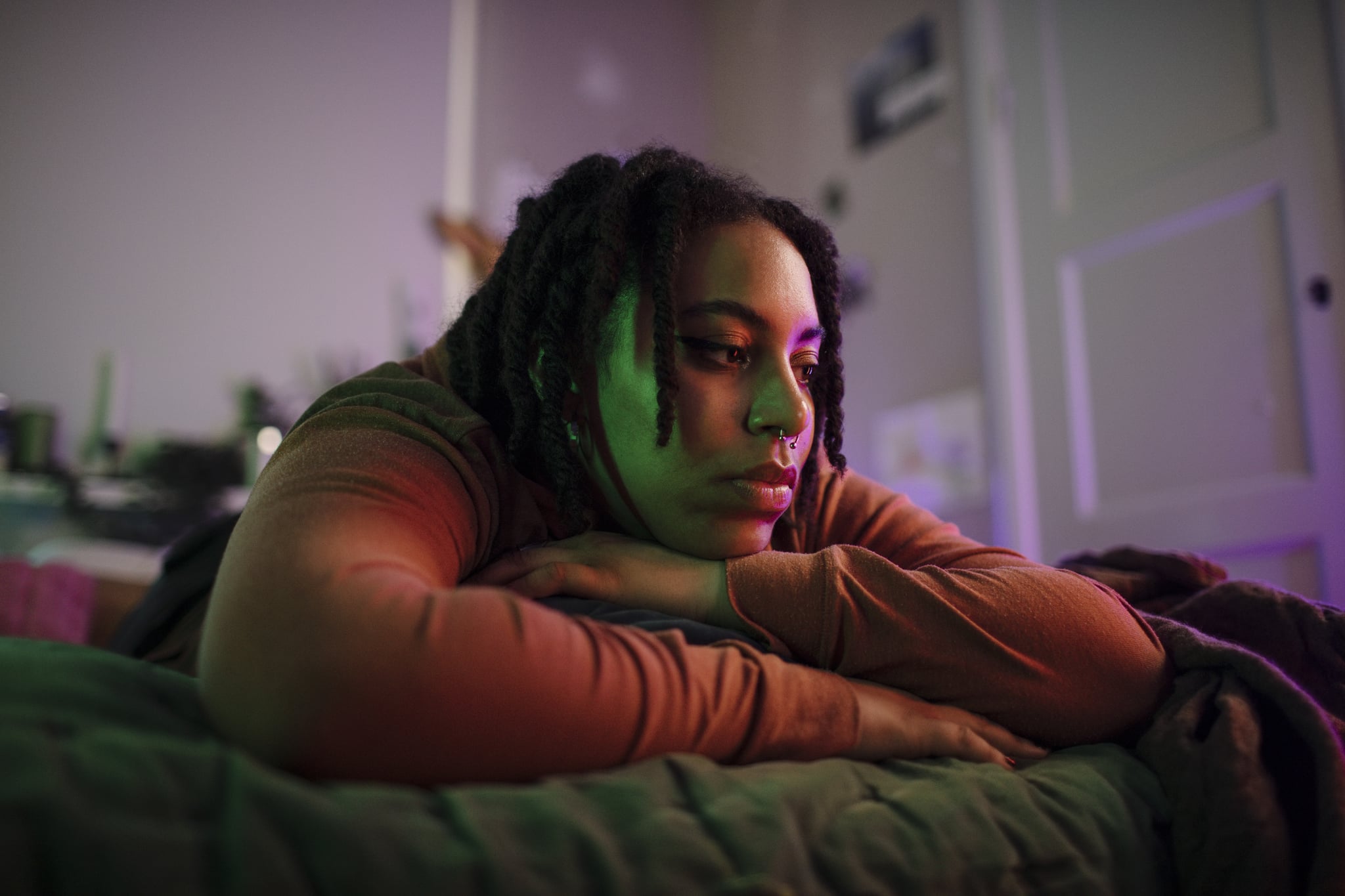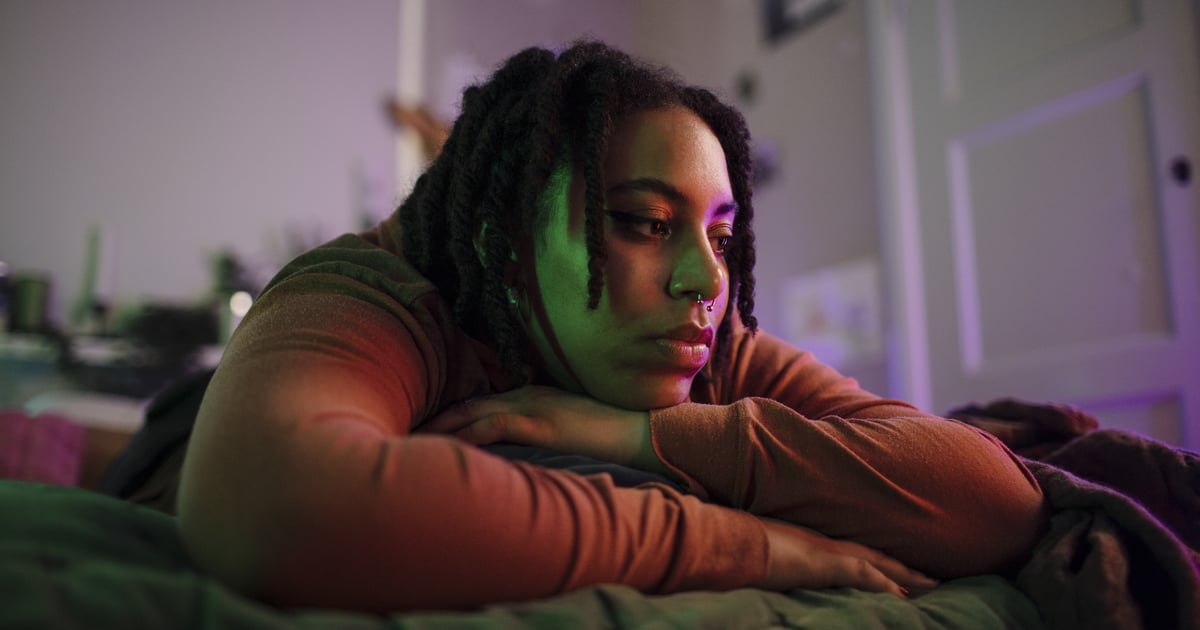
It’s May 2022 and I’m hiding from my therapist. I haven’t had a session in over a month, which feels like eternity after meeting every week for three years.
“I’m not feeling too well,” I type into another email draft. “Can we reschedule?” I listen to the whoosh of my email and close my laptop with a sigh. I tap my nails across the cover and think about ordering takeout, but instead I let myself sink off the couch and onto the floor. A ping lights up my phone and I see she’s already replied: “Of course. Let me know when you want to meet next.”
But I don’t want to reschedule. I never want to log into another Zoom appointment again. After three years of therapy I’m exhausted.
Don’t get me wrong, I know therapy is good for me. My time with Margaret (my therapist) was filled with so much self-growth I could barely recognize my former self. Coping skills? Got ’em. Grounding tools? Boatloads. Support network? On speed dial. And I knew I had plenty more to work on. We had recently started EMDR treatment, which is like next-level trauma therapy, and I was ready to keep healing. Until I wasn’t.
This was around the same time that therapy became very popular. I’d see tweets like “If you’re not in therapy that’s a red flag” or countless “therapy TikToks” that turned mental health awareness into a social credential. Almost everyone I knew in my life was either in therapy or seeking a therapist. I was lucky! I had a therapist that I had been seeing since before the pandemic that was *gasp* covered by insurance. I was living the dream, baby!
“Therapy is not light work. It requires immense commitment, vulnerability, mindfulness, self-awareness, and the strength to face the things you have bottled up.”
I kept thinking of the phrase “hurt people hurt people” and used it as a motivating mantra when I wanted to quit therapy. Don’t I want to be a better friend? A better sister? Daughter? Lover? But the guilt trip only went so far. I wasn’t antitherapy, just tired from the constant “healing.” And apparently, I’m not alone in this feeling. I spoke to John P. Carnesecchi, LCSW, CEAP, the founder and clinical director of Gateway to Solutions, about if it’s possible to burn out from therapy.
“Therapy is not light work. It requires immense commitment, vulnerability, mindfulness, self-awareness, and the strength to face the things you have bottled up. There is no doubt that therapy burnout can occur. It is absolutely normal,” he confirms, to my relief. (I prefer calling it therapy burnout, but he says that in therapy circles it’s also known as “therapy hangover.”)
But what I couldn’t understand is why something that’s supposedly so good for you can simultaneously feel so awful. “As part of your healing process, you release thoughts and emotions you’ve avoided or held back for so long,” Carnesecchi explains. “It takes tremendous mental effort to process traumatic events, conflicts, abuse, or the factors that led you to therapy. Often, these feelings are unsettling, uncomfortable, and exhausting.” So instead of viewing therapy like eating my vegetables, perhaps training for a marathon is a better health analogy. It hurts like hell, but getting to the finish line is a life-altering accomplishment.
With that in mind, I wondered if a therapist ever recommends taking a break from therapy. “In some cases, a therapeutic break can be beneficial,” he admits. “It allows the client to reflect and process what they have been exploring in therapy.” But it doesn’t have to be a full break, he says. Sometimes simply meeting less often is enough to feel less overwhelmed. “A recommendation to scale back may be more effective by using the time to reflect, process the work in therapy, and emotionally regroup before reconvening.”
Carnesecchi says that several factors come into play when determining when to stop therapy, such as length of time in consistent therapy, how much the client has progressed toward their goals, the severity of any mental health disorders, and possible concerns the client is feeling about their therapy plan. These factors are something your therapist will consider when discussing next steps. Because leaving therapy is not advised as a solo decision, but rather a conversation between therapist and patient.
Ultimately, therapy burnout is real and looks and feels different for every individual. “Life is overwhelming and stressful, and incorporating your healing process makes life even more cumbersome,” Carnesecchi empathizes. “The old medical cliché quote, ‘You will feel worse before you feel better,’ it applies to mental health too!”
Aka therapy is hard! You’re allowed to take breaks from hard things! And honestly, taking a break from therapy for your mental health is a green flag in my book. So, eventually, after pushing back our meeting over and over again, I decided it was worth discussing taking a break with Margaret. She agreed that’s what was best for my mental health journey.
It’s been roughly a year since my last session with Margaret. Like Carnesecchi suggests, it gave me space to connect with myself and truly notice the internal work I had accomplished during my time in therapy, without the influence of my therapist present. Now I’m ready to go back and map out a new mental health treatment plan that works for my current self. This time around, I vetted therapists that can meet me where I’m at. While I had a wonderful experience with Margaret, I realized I’d prefer to work with someone in the LGBTQ+ community and other specifics that feel good to me. This is all OK and actually encouraged.
And while I’m nervous about getting back to the hard work of healing, I’m also energized. The break let me become an observer to my new coping skills, and I’m coming back a lot stronger. So next time my calendar notification pings my laptop, I will straighten in front of the screen, smile, and click the Zoom link. Ready to begin a new session.
Image Source: Maskot / Getty
